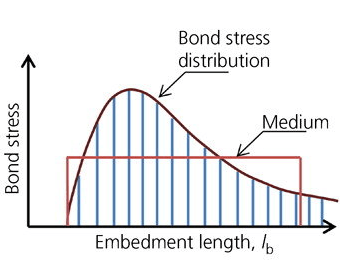I agree with KootK's logic of the force being transferred not exceeding the tension capacity force of the smaller bar. I believe there's a statement to that effect in the commentary of the AASHTO spec. For smaller bars, per the AASHTO spec provisions, the lap length when lapping different sized bars is the shorter lap length of the bars being lapped. So I think you can lap them and use the lap length for the #11 bar.
Edit: In looking for the comment I referred to, not only didn't I find the comment I believed was there, I made a rather surprising discovery, or rather a non-discovery. In the current version (9th Ed.) of the AASHTO spec, I can only find the statement about using the smaller lap length when lapping different sized bars in the compression lap section, but not in the tension lap section.

